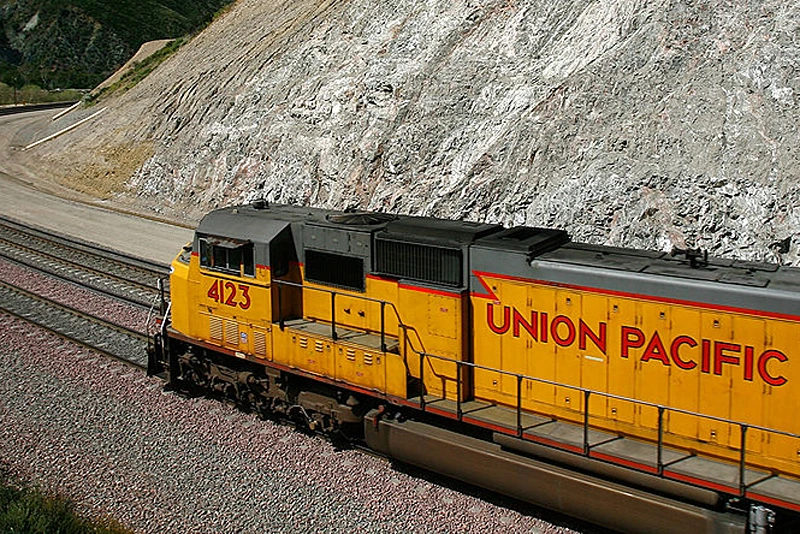

OAN Geraldyn Berry
UPDATED 1:44 PM – Friday, April 28, 2023
The California Air Resource Board (CARB), a state organization entrusted with preserving air quality and lowering hazardous pollutants, has declared on Thursday that it will pursue tough measures to reduce emissions from freight trains.
The In-Use Locomotive Regulation makes California the first state to address emissions from freight trains, which according to federal data, account for barely 0.5% of all greenhouse gas emissions in the United States. The intention is to significantly reduce locomotive greenhouse gas emissions. The guidelines would also decrease the class of chemicals that aid in smog development. People who live close to railyards and ports might breathe easier as a result.
CARB Chair Liane Randolph said in a statement that the move will enable Californians to move ”toward a future where all transportation operations in the state will be zero emissions.”
“Locomotives are a key part of California’s transportation network, and it’s time that they are part of the solution to tackle pollution and clean our air,” Randolph said. “With the new regulation, we are moving toward a future where all transportation operations in the state will be zero emissions.”
By 2030, California will have outlawed any locomotive engines built greater than 23 years prior to then. Additionally, starting in 2030 and 2035 for freight line haul, the rule would mandate that all new switch, industrial, and passenger locomotives operate in California with zero emissions. Locomotives will also only be allowed to idle for a maximum of 30 minutes under the regulation.
“Currently, operational emissions from just one train are worse than those of 400 heavy-duty trucks,” CARB said in a statement. “To further underscore the impact of locomotive operations in California, emissions reductions from the new regulation are expected to be equal to almost double those emitted by all passenger vehicles in the state between now and 2050. It is projected that the In-Use Locomotive Regulation will contribute the largest reduction in nitrogen oxide emissions toward meeting California air quality standards by the 2037 deadline.”
A further prediction made by CARB was that the regulation will save the health system an estimated $32 billion while averting 3,200 premature deaths, 1,500 ER visits, and 3,200 hospital admissions.
In rail yards close to neighborhoods in Oakland, Commerce, San Bernardino, and other California cities, locomotives pull rail cars loaded with goods like food, lumber, oil, and other products.
They utilize diesel, a more potent fuel than gasoline, which, when burned, emits greenhouse gases and pollutants that is dangerous for neighboring residents.
The standards would need approval from the Biden administration to move forward.
Stay informed! Receive breaking news blasts directly to your inbox for free. Subscribe here. https://www.oann.com/alerts






Be the first to comment